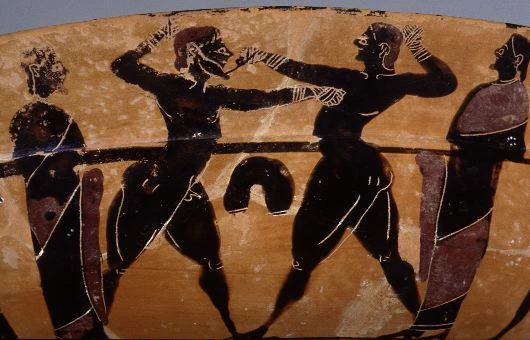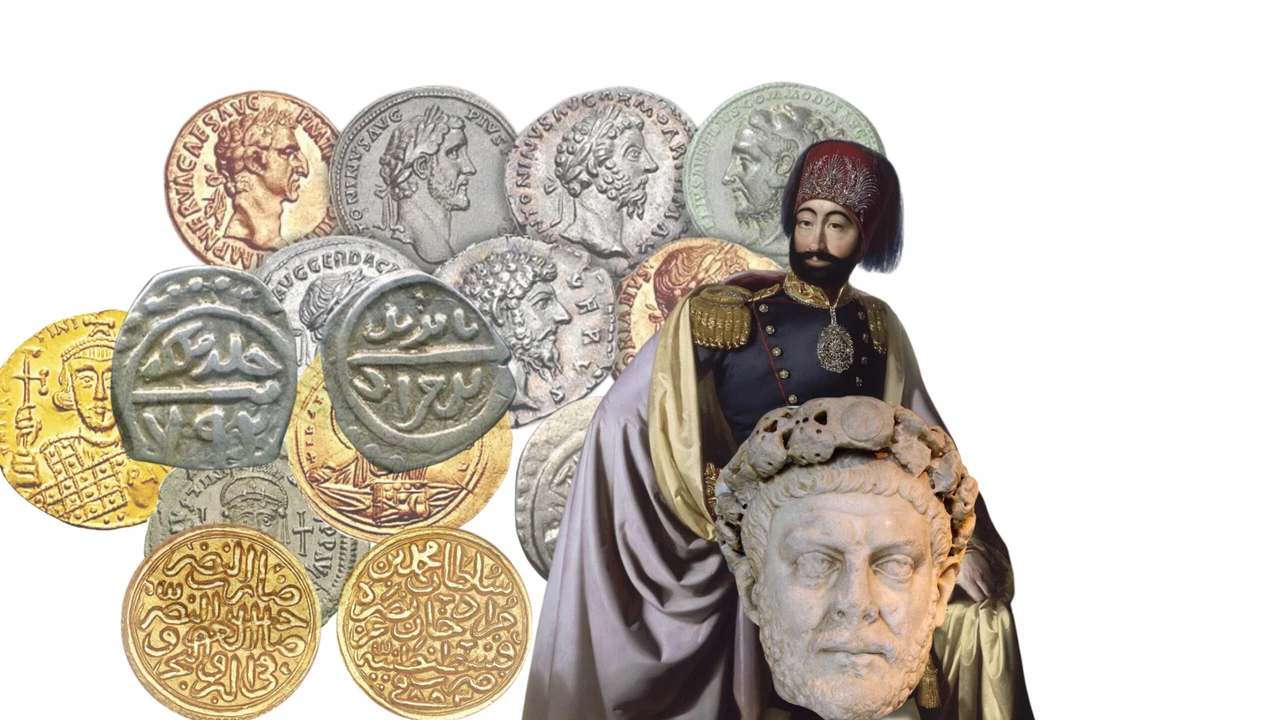Boxing’s Olympic legacy in jeopardy after 2028 exclusion
 Bronze statue of a seated boxer (“Terme Boxer”), 2nd or 1st century B.C., The National Museum of Rome (A composite of several images available at Flickr at www.flickr.com/photos/pankration)
Bronze statue of a seated boxer (“Terme Boxer”), 2nd or 1st century B.C., The National Museum of Rome (A composite of several images available at Flickr at www.flickr.com/photos/pankration)
After the 2024 Paris Olympics, all eyes are on the 2028 Games in Los Angeles. However, it has been announced that boxing will not be included in the 2028 Olympics.
According to British media company UNILAD, the International Olympic Committee (IOC) has announced that boxing will not be part of the 2028 Olympics. This decision stems from financial and administrative issues between the IOC and the International Boxing Association (IBA).
In 2023, the IOC stopped recognizing the IBA and took over the organization of the boxing tournament for the 2024 Paris Olympics. The lack of transparency in prize money distribution and financial management issues with the IBA led to the IOC’s decision to remove boxing from the Olympic program.
The IOC stated that for boxing to be reinstated in the 2028 Olympics, the organization must meet the required standards. A final decision on whether boxing will return to the Olympic program will be made in 2025.
Boxing has been featured in almost every Summer Olympics since 1904. It was last removed from the program in 1912 due to Swedish laws. The absence of boxing in the 2028 Olympics will be felt for the first time in over 100 years.
In fact, the history of boxing in the Olympics did not start in 1904. The origins of official competitions date back much further, to the ancient Olympic Games in Greece. Türkiye Today has compiled a brief history of boxing for you.
How far back can we trace the origins of boxing, a sport still thriving at the Paris 2024 Olympics?
Boxing is considered one of the oldest sports in history and held a significant place in ancient Rome. Even today, it remains popular, with its origins tracing back to ancient Greek and Roman civilizations.
However, the historical development of boxing extends as far back as ancient Mesopotamia. This article will detail the techniques, equipment, and rules that defined boxing in the Roman Empire.

How far back can we trace history of boxing?
The history of boxing dates back to the third millennium B.C. in Mesopotamia. Fired clay reliefs from Eshnunna, dated to around 2,000 B.C., depict two men ready to fight with their fists.
Such depictions reveal that boxing was practiced in Mesopotamia and that the sport’s origins are older than those of Greek and Roman civilizations. The fight scenes in the Epic of Gilgamesh provide important clues about how fights occurred during this period.

The influence of the Greeks and Etruscans on boxing was significant. The Roman Empire inherited boxing techniques and equipment from the Greeks and Etruscans.
While boxing originated from Etruscan and Greek traditions, the Romans adapted it significantly. In particular, they elevated boxing to a prominent form of entertainment and a powerful symbol of social status.
Roman boxers employed a variety of equipment, including adaptations of the Greek boxing glove. However, the Romans made some modifications to these implements.

- Gloves: There were three types of boxing gloves in ancient Greece. The first type contained thick padding and was typically used for training purposes. The other two types were called light straps and hard straps (oxys). Light straps were made from thin, flexible leather straps, while hard straps had a thicker structure with metal fittings. The Romans especially favored the hard straps, which were used to inflict serious damage on opponents.
- Caestus: The Romans developed a unique boxing glove known as the “caestus.” The caestus was a deadly piece of equipment containing metal fittings and blades. These gloves were designed for use in gladiatorial combats and gained great popularity.

Were there rules and techniques during that period?
Boxing matches in the Roman period were usually held in open spaces. These matches required choosing a suitable location to avoid sunlight in the opponents’ eyes. Matches included techniques such as quick footwork, proper stance, and attacks. Roman boxers were influenced by the Greeks in terms of footwork and stance but exhibited some differences.
- Position and stance: A successful boxer needed to be in the correct position. The Greek poet Theocritus describes how boxing matches began and how boxers avoided sunlight. Boxing matches took place in open courtyards or designated rooms in large baths.
- Techniques: Ancient boxing techniques resemble modern boxing. Boxers would extend their left arm straight to protect themselves while using their rear arm for strikes. This technique proved effective during that period and was frequently used in boxing matches. However, head strikes and other attacks are considered illegal in modern boxing. Descriptions in Virgil’s Aeneid show that head strikes were common in ancient boxing matches.

Boxing matches would result in traumatic outcomes
Boxing in the Roman Empire was known to be a violent and dangerous sport. It would lead to serious injuries such as internal bleeding, bruising, and brain hemorrhages. Boxers often sustained severe injuries and sometimes faced trauma that would end up being fatal. This situation highlights how brutal and hazardous boxing was.
While boxing in the Roman period was viewed as a marker of social status, it was also used for entertainment and political purposes. The historical development of this sport demonstrates the advanced nature of sport and entertainment in the ancient world.



